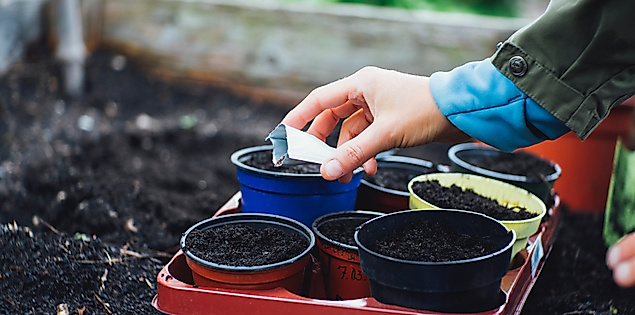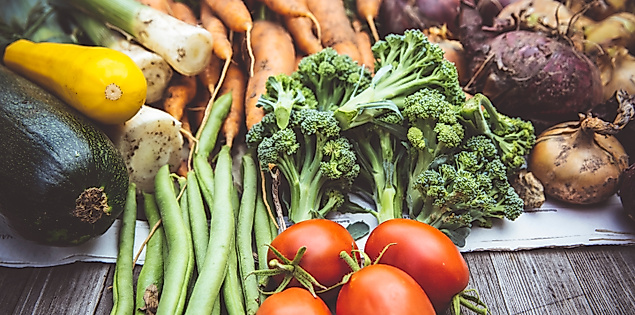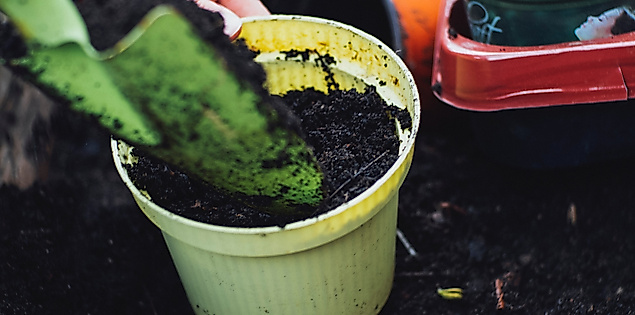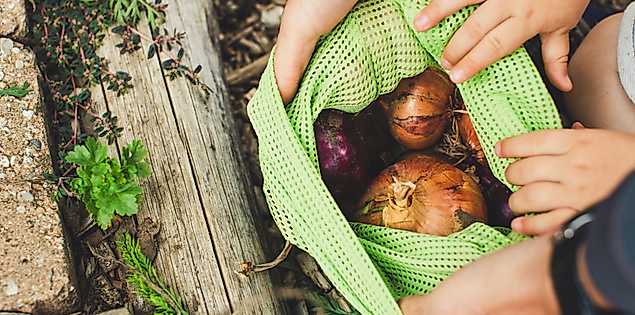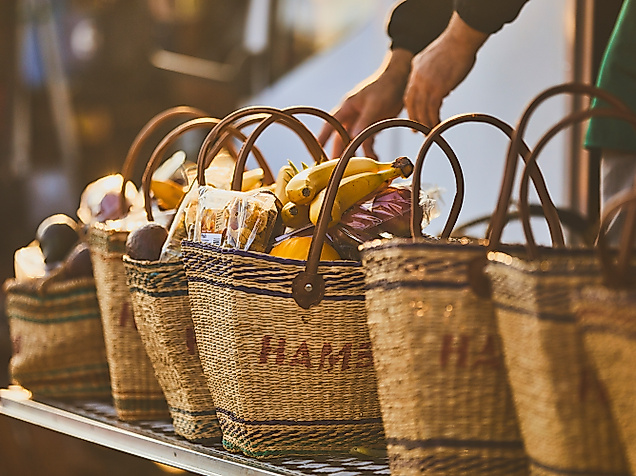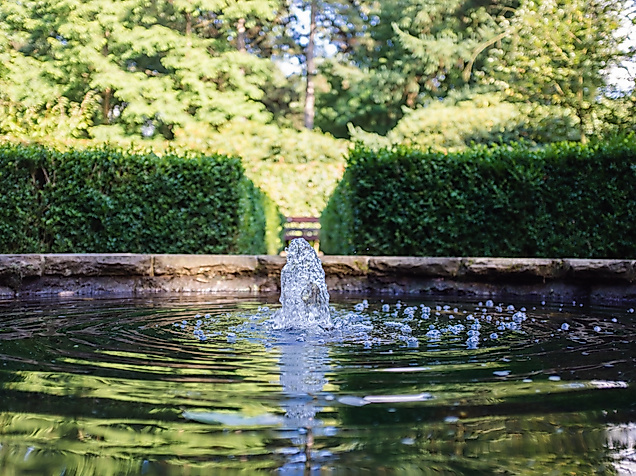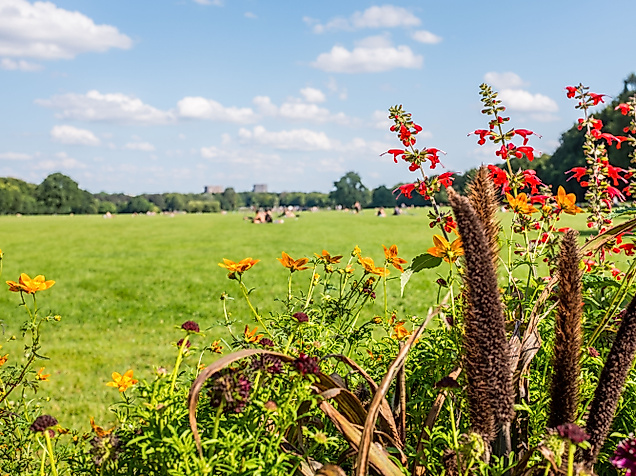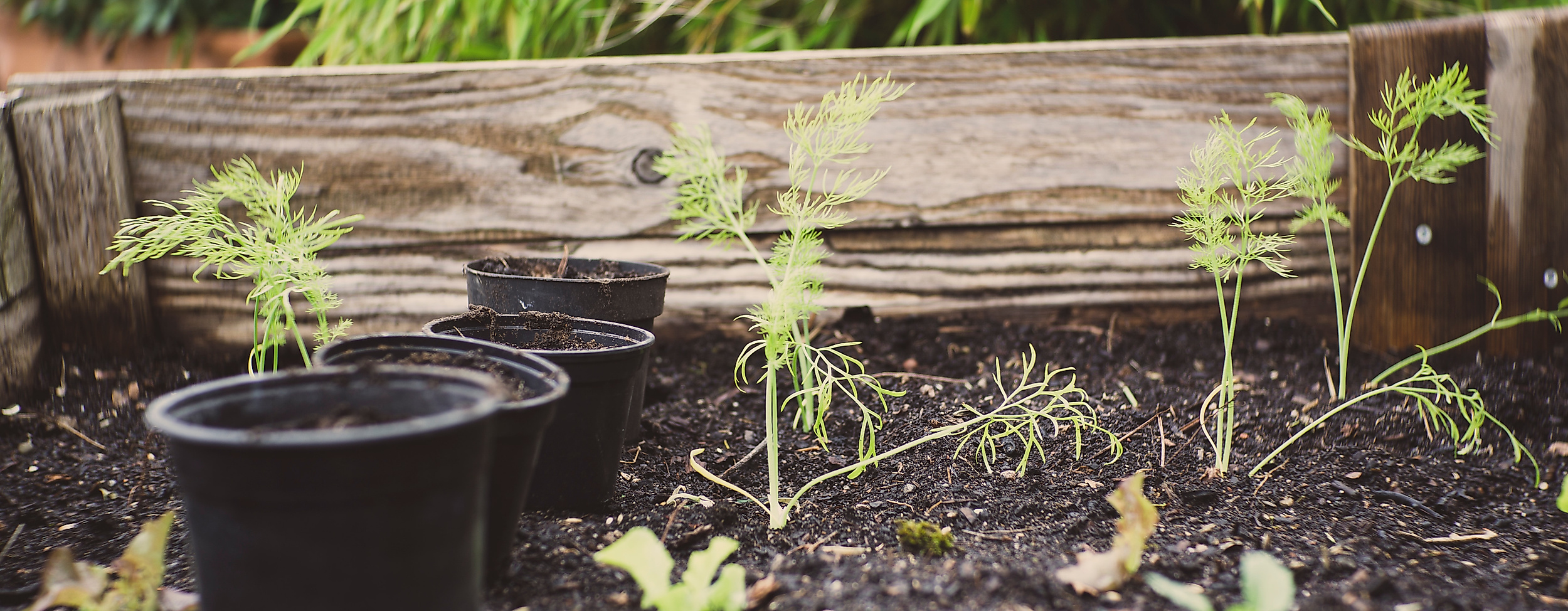

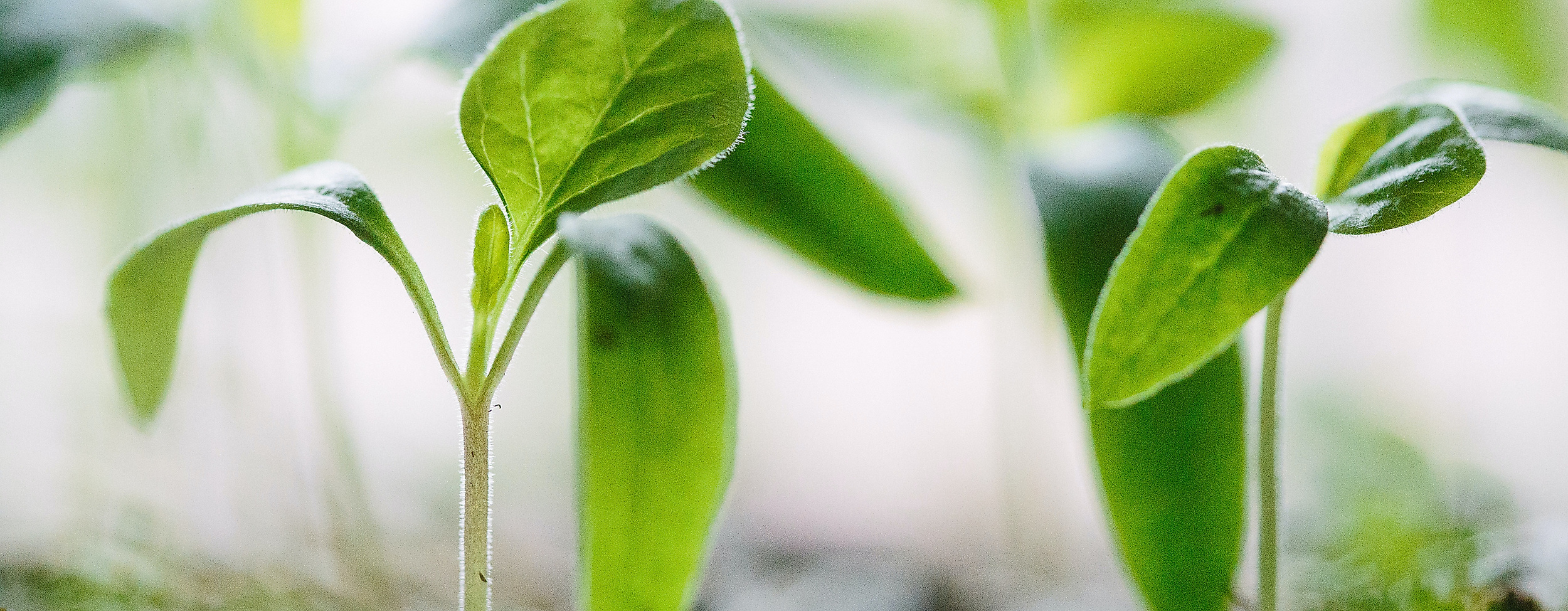
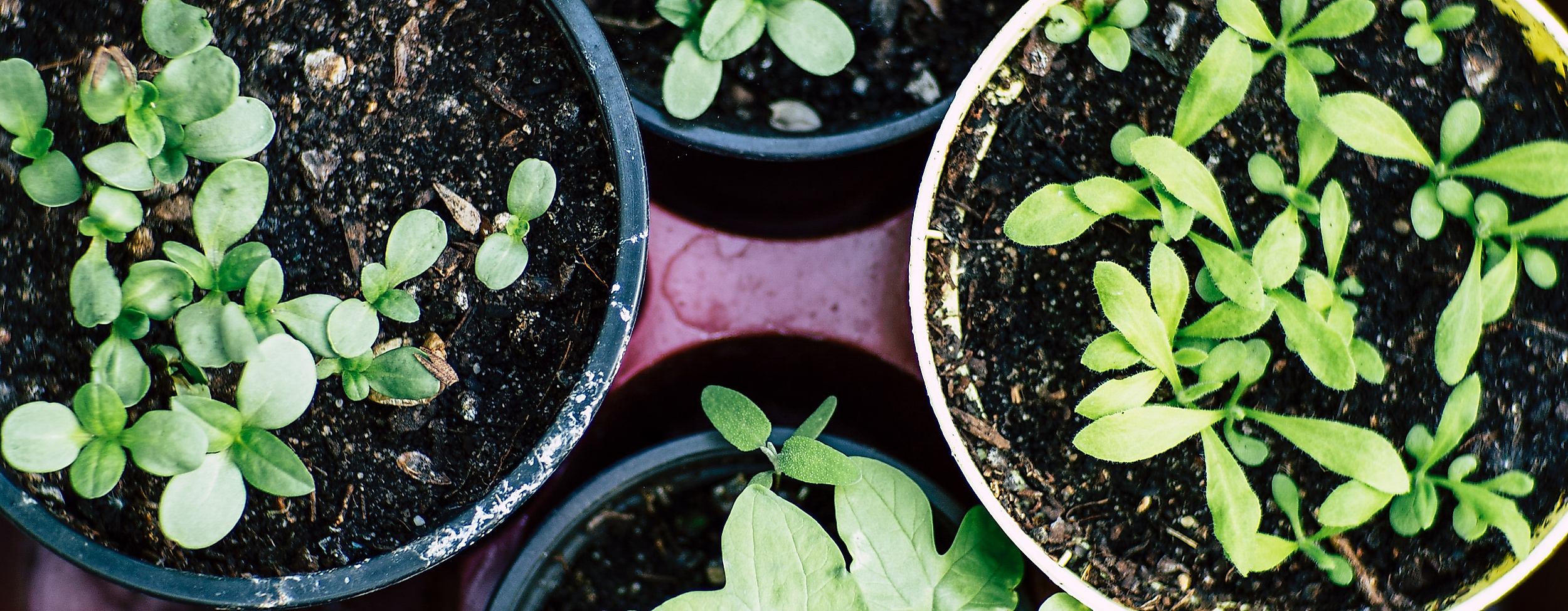
Prove your green thumb - in the middle of the city
Urban Gardening in Hamburg
Sustainable projects in the urban environment to bring nature back into the city: How can we consider the future when using urban areas to improve sustainable lifestyles and to create a green, liveable environment for all? Urban horticultural projects address and expand on these questions.
The focus is on the enrichment and beautification of life in the city, as well as on creating new spaces for intercultural exchange and creating communities. Working together to come up with concepts to counteract urban deficits and learning something new in the process – urban gardening projects do much more than ‘just’ raising awareness of resources and consumption. They cut down on the need for food transport routes and this has a positive impact on the urban climate. And the wonderful thing about it? These green oases in the city are open to anyone who wants to help out!
Green Pauli atop the ÜberQuell
The “Green Pauli” project saw a garden developed at quite a height atop the roof of the ÜberQuell brewery. It gives school pupils the opportunity to grow and harvest their own vegetables. The intention of this community project run by the Stadtteilschule am Hafen school, the St. Pauli primary school, the Altonaer Kinder Küche (children’s kitchen) and the ÜberQuell is to give the pupils hands on experience of the importance of nutrition and the environment. The harvested vegetables are then cooked up in the school canteen and in the ÜberQuell kitchen.
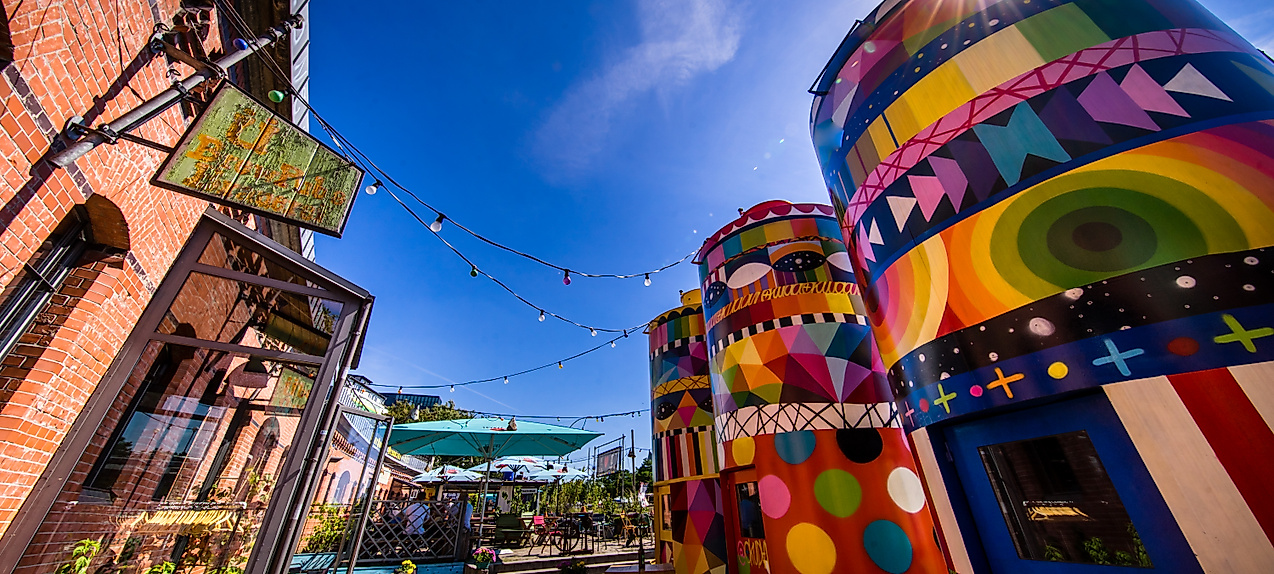
FuhlsGarden in Barmbek
The urban gardening project in Hamburg Barmbek is an example of what comes about through neighbourhood networking. People of all ages come together to cultivate the gardens. Fruits, vegetables and various herbs are grown organically in several raised beds. The harvest is divided up among teams and cooked and eaten during communal cooking evenings and garden parties.
The Hilldegarden at Heiligengeistfeld
Project Hilldegarden works on the use and design of a public city garden on the roof of the St. Pauli bunker. This project envisions up to 8,000 m² being available for community use. In addition to gardens with vegetables and the opportunity for intercultural exchange, there are also various sustainable energy concepts in the pipeline. This project is currently in the planning phase and there is not yet a set date for completion.
Search
Languages
Google translator for other languages
Please note that this is an automatic translation.
For better information, you can always switch to the German or English version



